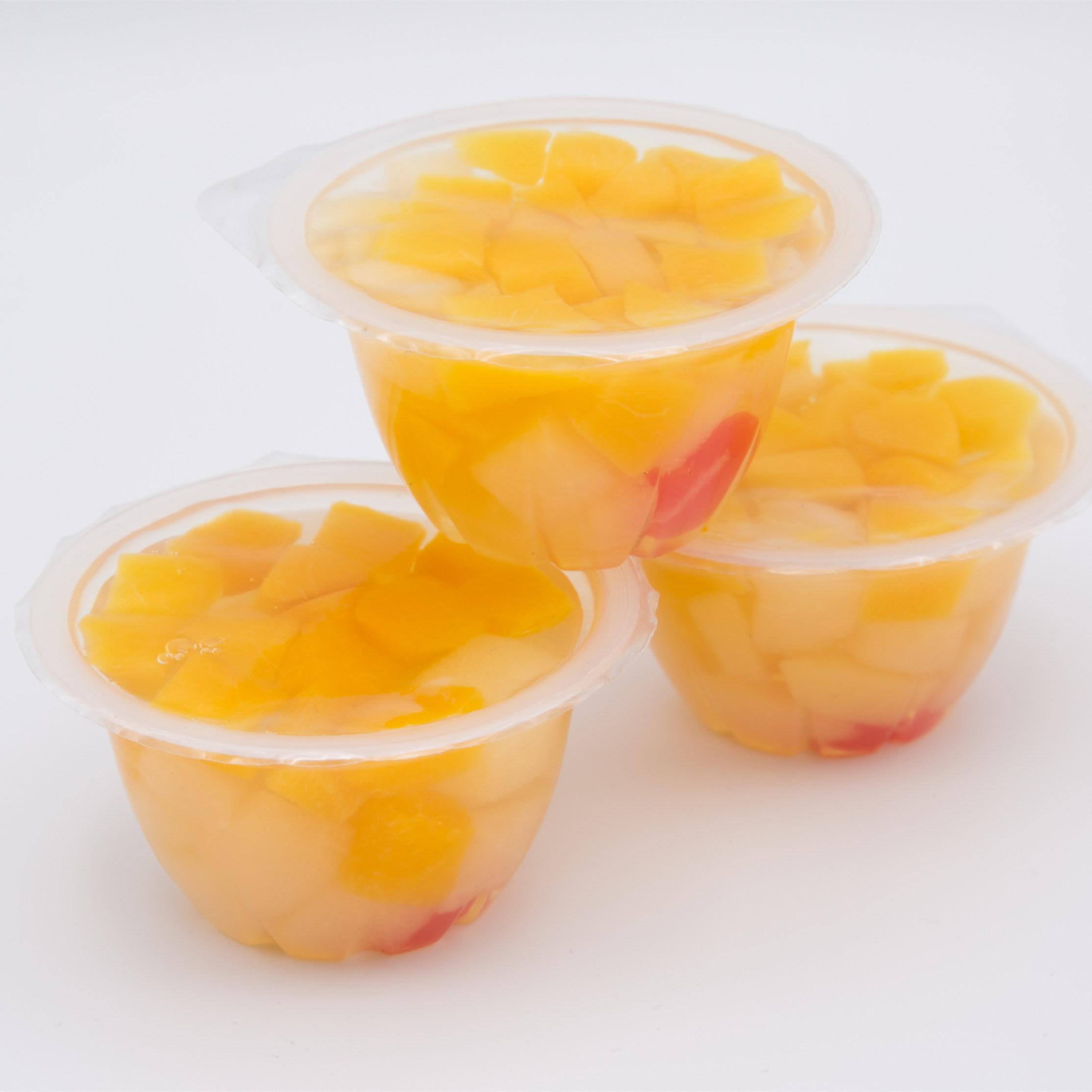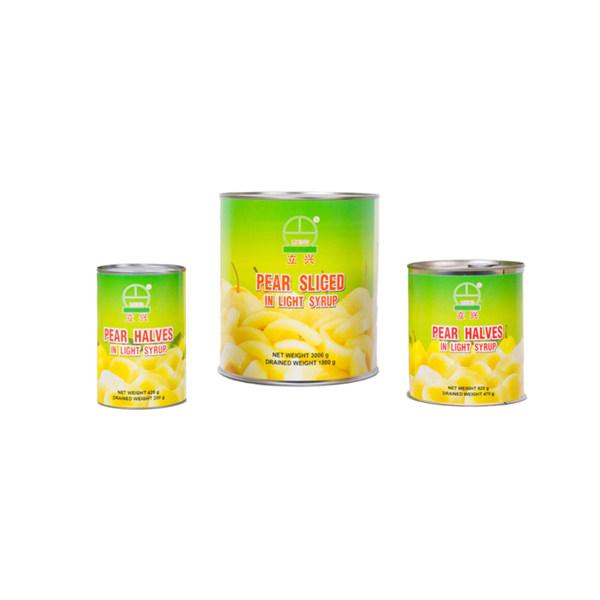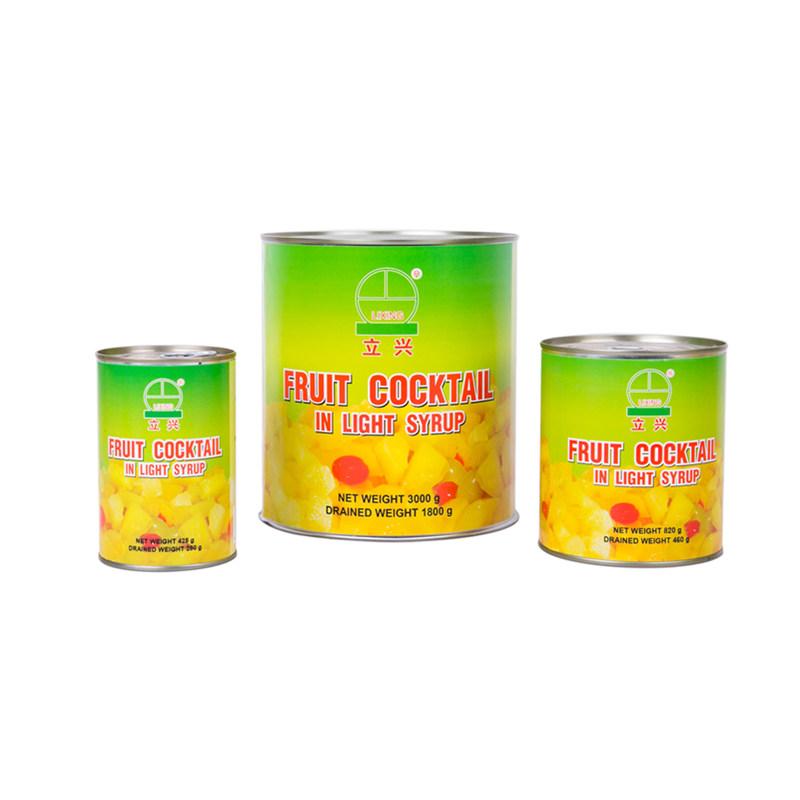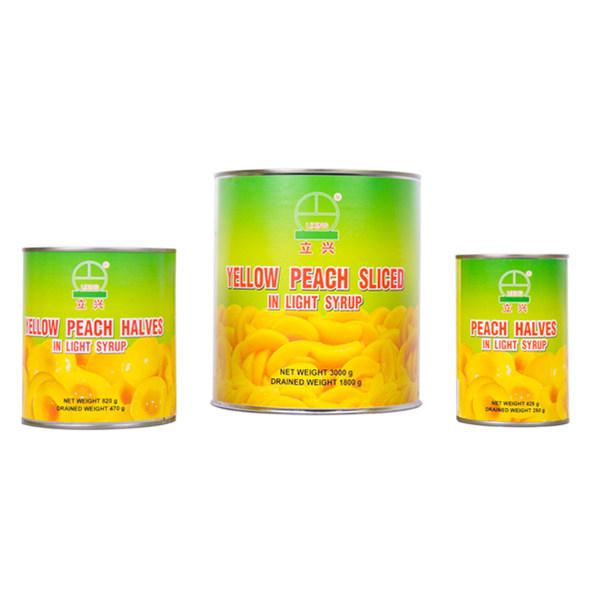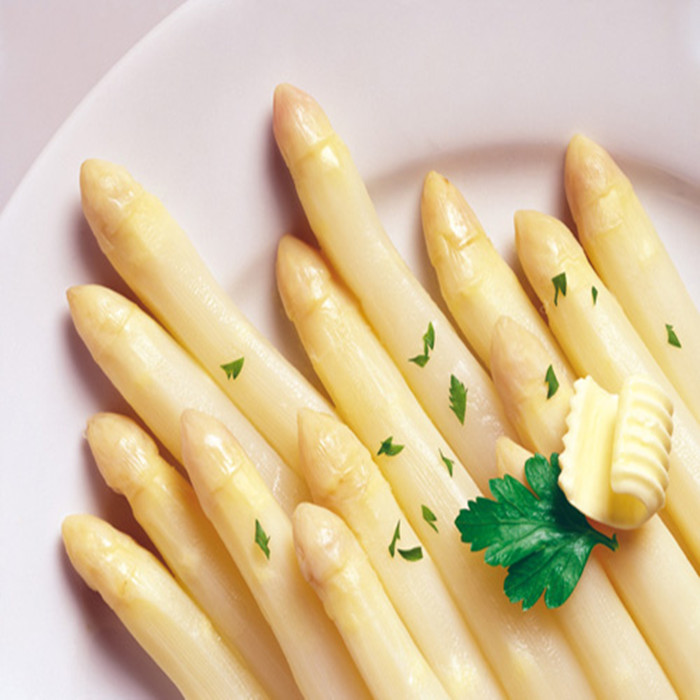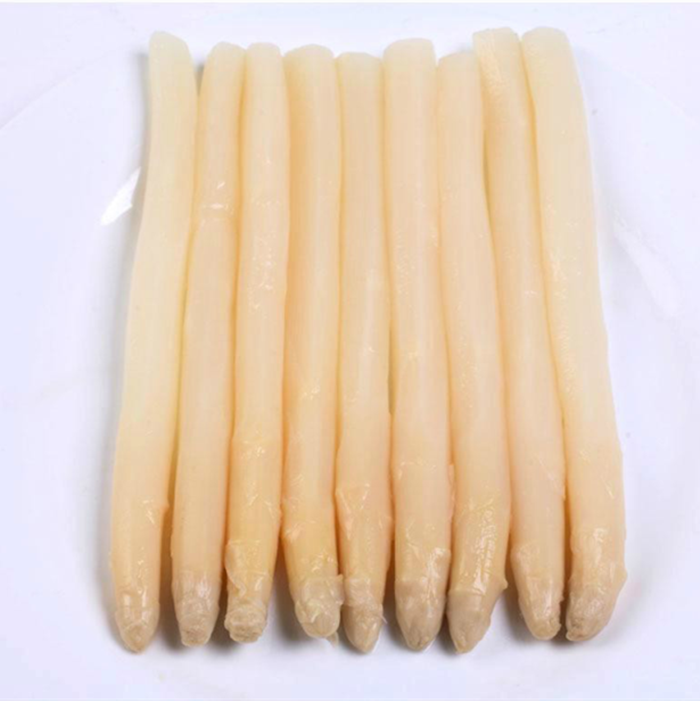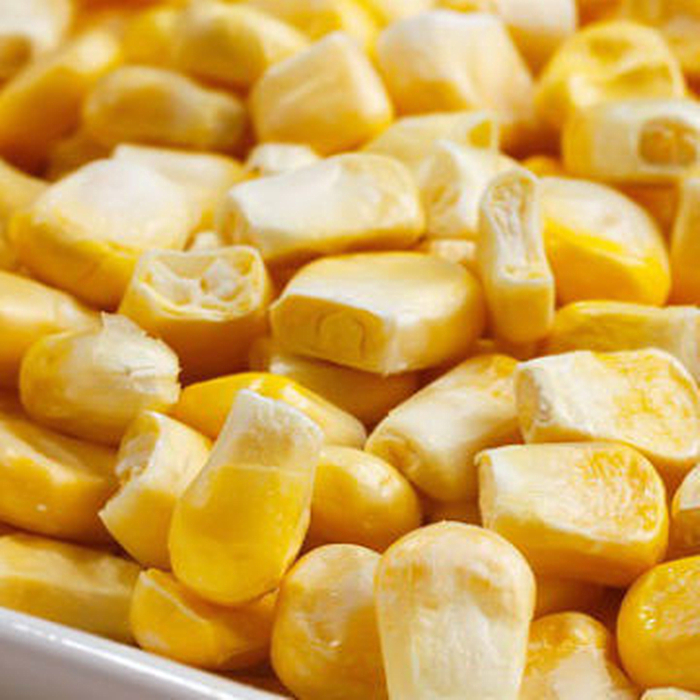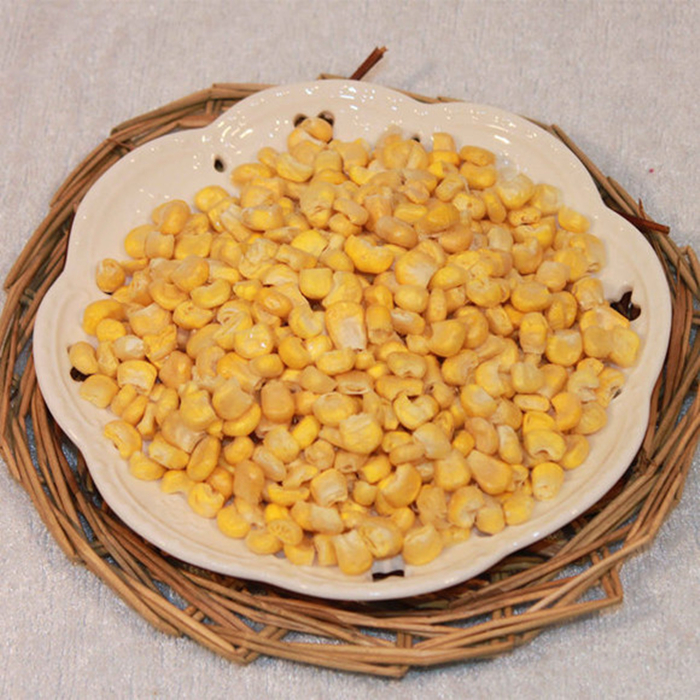How canned beans are produced
Jutai Foods
Dec/19/2016
Green beans canned processing including raw material acceptance, to pod, size classification, salt water classification, pre-cooking, cooling, canning, sealing, sterilization, cooling and so on.

Green beans canned processing including raw material acceptance, to pod, size classification, salt water classification, pre-cooking, cooling, canning, sealing, sterilization, cooling and so on.
1. Raw materials for canned green pea varieties for the white flowers. Safflower seeds canned, brown beans were brown, so do not. Requirements of raw materials, uniform and uniform grain size beans, color uniform, resistant to mechanical processing without breaking, sugar and vitamin C content. China's varieties are large green pods, small green pods, breed selection breeding progress unhappy. The harvest period of canned beans is extremely important. In order to obtain sweet and tender quality, green beans must be harvested when young, harvested quickly after processing. Harvest too late, mature beans, high starch content, texture rough, made of canned soup turbid, and sticky. For the protection of color beans, because the wax thick, difficult to protect color.
The harvested green beans should be shipped to the factory in a well-ventilated wooden box for rapid processing.
2 to pod threshing to pod thresher in the pod thresher, the pod after the beans through the outer roller sieve into the tilt of the collector, while the shell and other residues are sent by the conveyor belt. When the request to the pod feeding speed uniformity, to the speed of the pod machine and the distance between the scraper and the drum should be adjusted according to the maturity of beans, in principle, to be able to pod threshing without breaking the intensity of beans. The general speed of the old beans faster, young and vice versa.
3. Grading Green beans grading includes size classification and maturity grading, generally the first size classification. According to our standards, the diameter of beans are: a 5-7mm, two 7-8mm, three 8-9mm, four 9-10mm, five more than 10mm. Size classification using a dedicated green beans grading machine to complete, operation and production attention to the size of mixed-class phenomenon can not appear.
The principle of brine classification is to make different proportion of beans in the salt water to sink or float to achieve grading, to determine the maturity and starch content of green beans. Because the quality of different young and tender beans vary widely, pre-cooked, color protection and other operating conditions are also somewhat different.

4. pre-boiled different levels of beans were pre-cooked, the general ratio of water and beans to two to one. The water heated to boiling, add beans, pre-cooking time in addition to the different depending on the size of the bean, the maturity of beans should also be considered the same time, older beans need some time longer, otherwise shorter. General 1, 4 minutes beans, 2 beans 5 minutes, 3 beans 6 minutes, 4 beans 7 minutes, 5 beans 8 minutes, preheat should pay attention to heat evenly.
In addition to the purpose of pre-cooked green beans to remove part of the air, but also to remove part of the role of soluble nitrogenous substances. Therefore, if the pre-cooking water turbidity, should be replaced.
5. Cooling, rinse pre-cooked beans should be quickly cooled in cold water, with flowing water or change the water 1-2 times to quickly cool beans. Cooling rinse time of not less than 1 hour. In the late beans, containing more starch, rinse time should be increased to 2 hours, the change of water asked 2-3 times.
6. Inspection, canned beans after cooling should be selected, the detection of broken beans, broken beans, color is not normal beans and beans and other unqualified beans and other impurities, and then cans.
The green canned cans are coated with 214 # coating cans. Our tanks are 7116 (net weight: 425g), 7106 (net weight: 397g), 9124 (net weight: 850g) and 9121 (net weight: 822g). The United States often 8Z tank (Drainage weight 167g or 181g), 303 tank (drain weight 326g or 383g) and 10 cans (2041g) and other types of tank. After sterilization of small canned beans than large beans serious, so should install more.
Green beans generally use light brine as soup, concentration control in 0.8% -1.5% or so. Preparation of heating boil, filter, add canned should have a higher temperature, fill the soup, to prevent storage of open cans after the emergence of black oxide ring.
7. Exhaust, sealed green beans are often covered with exhaust, to prevent condensation drip. Thermal exhaust small cans at 90 ℃ for 12 minutes or so, large cans appropriate extension. Vacuum seal 0.040-0.048MPa.
8. Sterilization, cooling small pot sterilization exhaust sealer 10'-35 '/ 116 ° C, back pressure cooling; vacuum sealer 15'-35' / 116 ° C, back pressure cooling. Large cans should be properly extended sterilization time, the United States on the 10th tank at 116 ℃, 118 ℃ and 121 ℃ under 48 minutes of sterilization, 32 minutes and 21 minutes. After sterilization, canned green beans should be quickly cooled back to 38 ℃ below.
9. Dyeing Green color and green part of green beans can be green, in order to maintain a good appearance. At present the main color protection methods are:
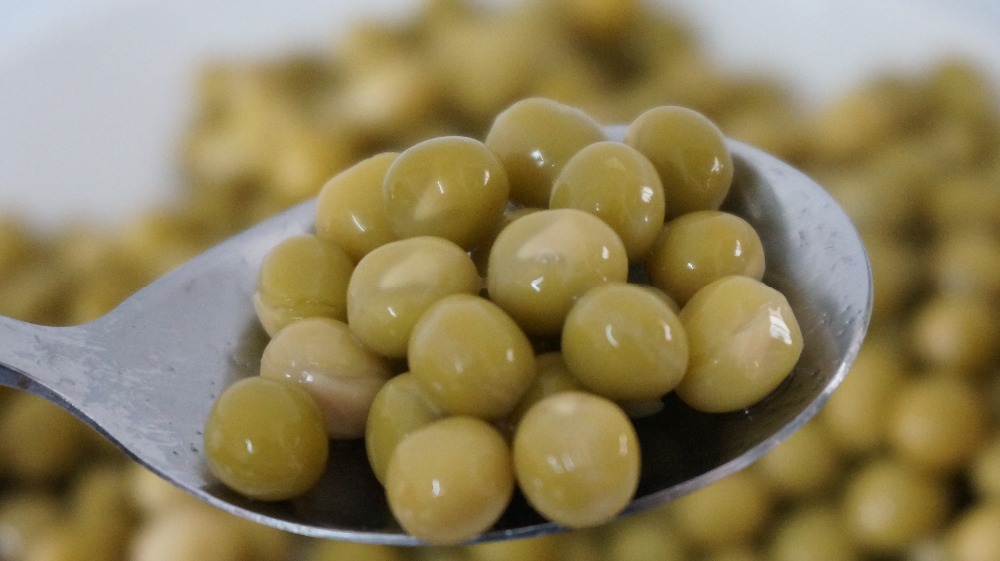
(1) metal salt color protection using copper sulfate solution, the method is green beans in 0.03% copper sulfate solution in the pre-cook for 3-7 minutes, in the past if the use of sodium carbonate solution treatment effect is better. This method can make chlorophyll in green beans chlorophyll copper, but easy to make excessive copper ions. Shanghai Food Research Institute that can be used magnesium salt, the method is to boil beans in the pre-boiled water for 3 minutes and then placed in 0.74% sodium carbonate and 0.12% magnesium acetate mixture immersed in 30 minutes to keep the temperature 70 ℃, soaked by Rinse thoroughly and refill.
(2) sodium chlorophyllin salt color protection method is as follows, green beans in 1% of the lime solution dipped 20-30 minutes, washed in 5% salt water soak 15 a - 20 minutes, and then washed once. 1.5 parts of green peas and 0.08% -0.1% sodium chlorophyllinate staining solution were pre-cooked in high temperature (90-95 ° C) for 25-30 minutes and rinsed with water for 3-4 hours. This method is safer, but less than the color luster copper sulfate.
